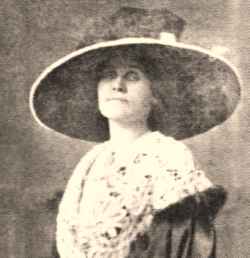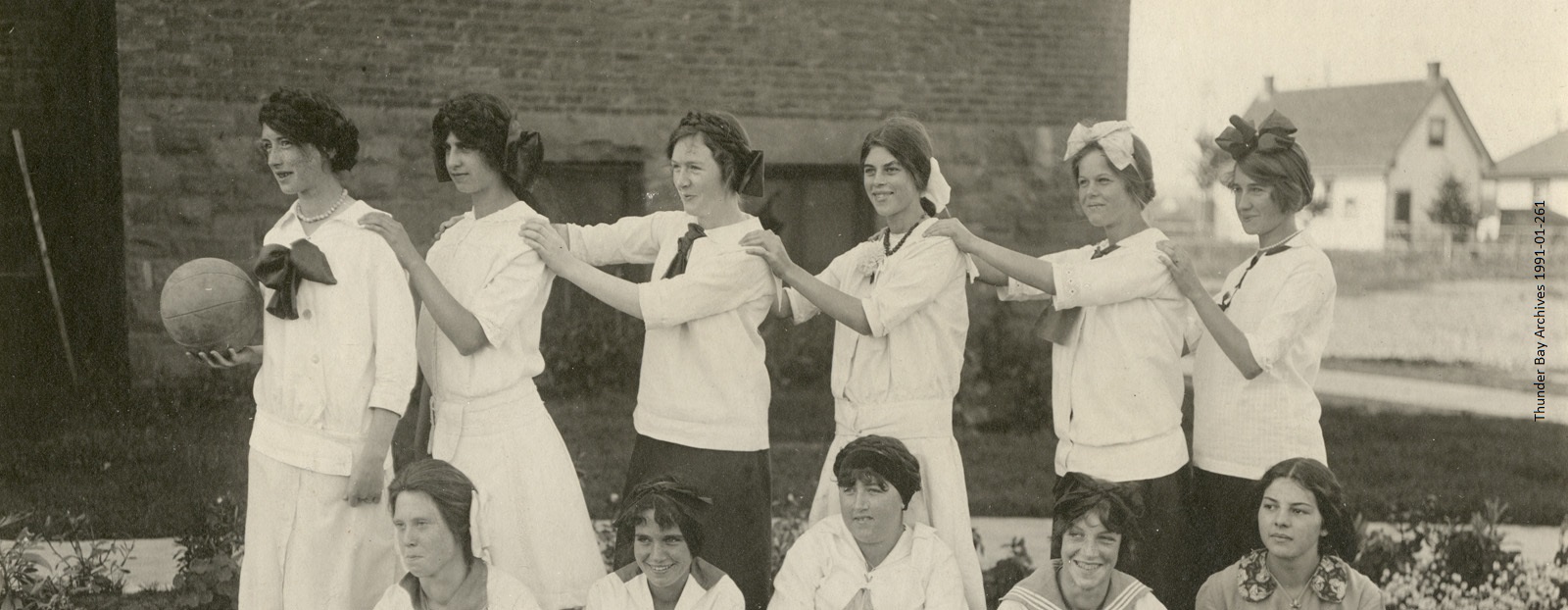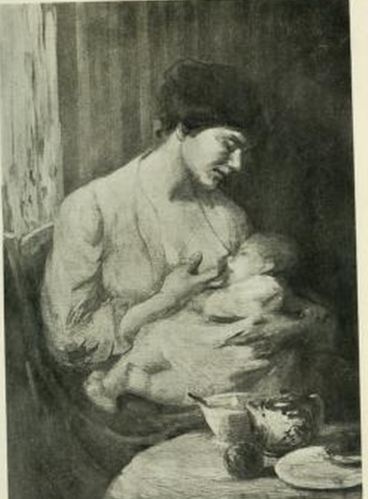
Mary Riter Hamilton
- Date of Birth: 1867
- Date of Death: 1954
- Accomplishments related to: Art, war effort
- Major Affiliations: War Amps, National Archives of Canada, City of Port Arthur
Mary Riter Hamilton (1867 - 1954) was the daughter of John and Charity Riter (née Zimmerman). Her husband Charles Watson Hamilton (1863-1893) was born in Cincinnati, Ohio and was the son of Alexander and May Hamilton (née Warnock). Mary and Charles are interred in Riverside Cemetery in Thunder Bay.
Everyone has made important life decisions, some for better or worse. For artist Mary Riter Hamilton, deciding to never sell her First World War battlefield paintings was one of her most important life decisions.
She had been refused the status of becoming a war artist during the First World War simply because she was a woman, and could have packed up her paints and given up. She persevered and with the assistance of funding from the War Amputations Club of British Columbia (now War Amps) she was able to travel to France in 1919 at the age of 50 to begin her work.
In blistering sun, torrential rain and storms, she feverishly created paintings of the muddy battlefields, cemeteries and ruined towns in France and Belgium. Seeking shelter in a tin hut and even a German pillbox, she existed for three years on food from generous farmers and desperately avoided the life-threatening unexploded bombs and mines that remained.
She painted on canvasses she brought with her, and when those ran out she painted on whatever she could find available, such as the backs of signs and wood chunks to create 227 paintings. In one painting in particular she conveyed renewal and rebirth, as depicted by the red poppies growing among the trenches in Trenches on the Somme.
She decided to donate her battlefield paintings to the National Archives of Canada in honour of those who served, and never sold any of them. In a 1926 article in the Toronto Star Weekly, she felt she performed a service of incalculable value not only for the soldiers but for the Dominion of Canada, and to sell any of them would have been a betrayal of sacred trust. "If I starved, the veterans would still have the pictures," she said.
So what was her connection to Thunder Bay? Born in Teeswater, Ontario in 1867, she moved to Port Arthur, Ontario (now Thunder Bay) after her marriage in 1889 to Charles Hamilton and they operated a dry goods store. Unfortunately, they lost a child in infancy in 1892 and Charles died in 1893. After these personal losses, she decided to develop her skills as an artist and eventually moved to Europe. By 1911 she had returned to Canada.
At the time of her death in Vancouver in 1954, she bequeathed a painting of a mother nursing a child called Maternity to the city of Port Arthur. The painting was created in France in 1906 and is in memory of the child she lost in Port Arthur. Maternity is prominently displayed in Thunder Bay City Hall. It is a reminder of an independent woman who persevered to create the work she felt was important to do and preserve for the veterans and citizens of Canada.
Submitted by: David Nicholson
Contact Us









